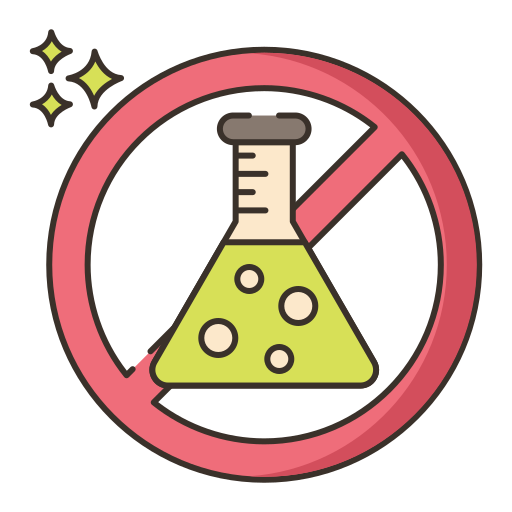2-BROMO-2-NITROPROPANE-1,3-DIOL
Functions: Preservative



Description
2-Bromo-2-Nitropropane-1,3-Diol is a colorless to pale, brownish yellow crystalline solid. 2-Bromo-2-Nitropropane-1,3-Diol is used as an effective preservative agent in the formulation of a wide variety of cosmetic and personal care products, especially shampoos, creams, lotions, rinses and eye makeup.
References
- CPS&Q (Consumer Products Safety & Quality) formely known as ECB (European Chemicals Bureau). 2008. Classification and Labelling: Chemicals: Annex VI of Directive 67/548/EEC through the 31st ATP.
- De Groot AC. 2010. Formaldehyde-releasers in cosmetics: relationship to formaldehyde contact allergy. Contact Dermatitis, 62: 2–17.
- EC (Environment Canada). 2008. Domestic Substances List Categorization. Canadian Environmental Protection Act (CEPA) Environmental Registry.
- EPA (U.S. Environmental Protection Agency). 1999. Toxics Release Inventory Program. PBT Chemical Rule.
- European Commission. 2013. Cosing, the European Commission database with information on cosmetic substances and ingredients. Accessed on March 1, 2013 at http://ec.europa.eu/consumers/cosmetics/cosing/ .
- Formaldehyde - Global Harmonized System (GHS)
- Health Canada. 2007. List of Prohibited and Restricted Cosmetic Ingredients. Canada's Cosmetic Ingredient Hotlist. March 2007.
- IARC (International Agency for Research on Cancer). 2008. Overall Evaluations of Carcinogenicity to Humans, as evaluated in IARC Monographs Volumes 1-99.
- NLM (National Library of Medicine). 2006. HazMap — Occupational Exposure to Hazardous Agents.
- NLM (National Library of Medicine). 2012. PubMed online scientific bibliography data. http://www.pubmed.gov.
- US EPA. Addition of Certain Chemicals; Toxic Chemical Release Reporting; Community Right to Know. Proposed and Final Rules. 59 Federal Register 1788 (Jan 12, 1994); 59 Federal Register 61432 (November 30, 1994). Summarized in Hazard Information on Toxic Chemicals Added to EPCRA Section 313 Under Chemical Expansion. http://www.epa.gov/tri/chemical/hazard_cx.htm
- CPS&Q (Consumer Products Safety & Quality) formely known as ECB (European Chemicals Bureau). 2008. Classification and Labelling: Chemicals: Annex VI of Directive 67/548/EEC through the 31st ATP.
- De Groot AC. 2010. Formaldehyde-releasers in cosmetics: relationship to formaldehyde contact allergy. Contact Dermatitis, 62: 2–17.
- EC (Environment Canada). 2008. Domestic Substances List Categorization. Canadian Environmental Protection Act (CEPA) Environmental Registry.
- EPA (U.S. Environmental Protection Agency). 1999. Toxics Release Inventory Program. PBT Chemical Rule.
- European Commission. 2013. Cosing, the European Commission database with information on cosmetic substances and ingredients. Accessed on March 1, 2013 at http://ec.europa.eu/consumers/cosmetics/cosing/ .
- Formaldehyde - Global Harmonized System (GHS)
- Health Canada. 2007. List of Prohibited and Restricted Cosmetic Ingredients. Canada's Cosmetic Ingredient Hotlist. March 2007.
- IARC (International Agency for Research on Cancer). 2008. Overall Evaluations of Carcinogenicity to Humans, as evaluated in IARC Monographs Volumes 1-99.
- NLM (National Library of Medicine). 2006. HazMap — Occupational Exposure to Hazardous Agents.
- NLM (National Library of Medicine). 2012. PubMed online scientific bibliography data. http://www.pubmed.gov.
- US EPA. Addition of Certain Chemicals; Toxic Chemical Release Reporting; Community Right to Know. Proposed and Final Rules. 59 Federal Register 1788 (Jan 12, 1994); 59 Federal Register 61432 (November 30, 1994). Summarized in Hazard Information on Toxic Chemicals Added to EPCRA Section 313 Under Chemical Expansion. http://www.epa.gov/tri/chemical/hazard_cx.htm